- Joined
- Dec 5, 2018
- Messages
- 10
- Reaction score
- 4
Looking for input. Just started my second Kibler Colonial rifle. Wanted to keep the barrel in the white. What is the correct grit or file finish that’s period correct.

Looking for input. Just started my second Kibler Colonial rifle. Wanted to keep the barrel in the white. What is the correct grit or file finish that’s period correct.
but from my studies of 18th century gunsmithing tools, I believe the final barrel finish was from draw filing with "fine" files and nothing like what we get from using modern Emery Cloth
Hi AG,Looking for input. Just started my second Kibler Colonial rifle. Wanted to keep the barrel in the white. What is the correct grit or file finish that’s period correct.
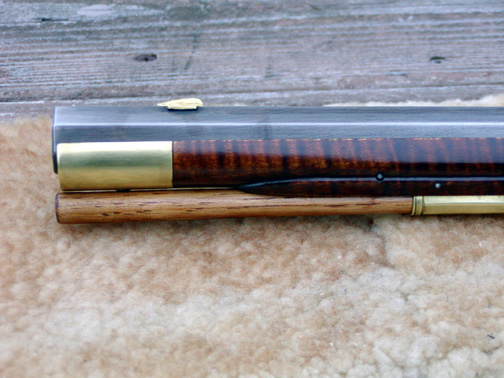
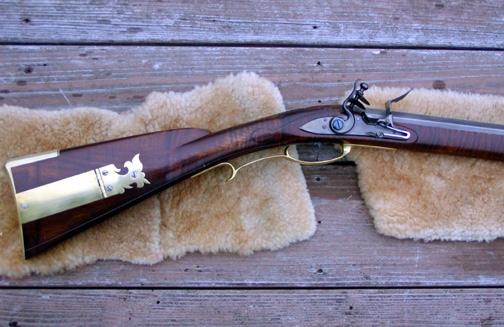
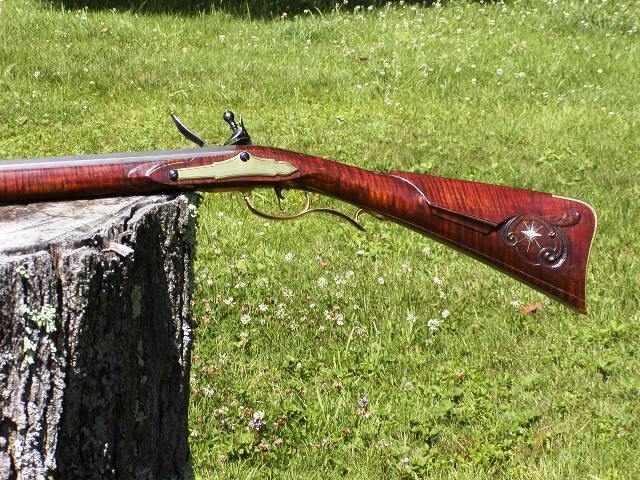
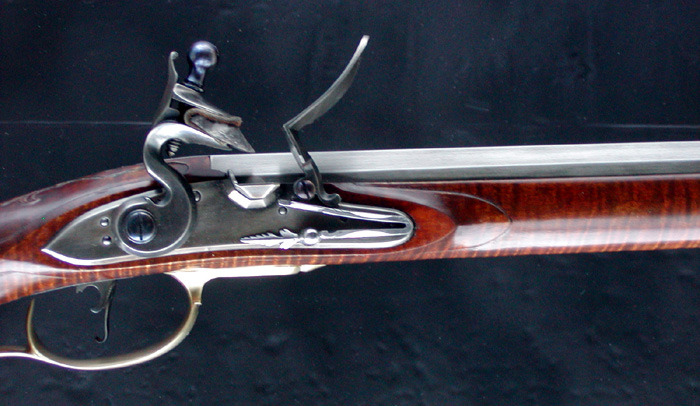
Hi LD,And let's not forget that the barrel metal was different enough from what we use today, that you probably aren't going to get nearly the same finish. Even though the machinists on the forum will call our barrel steel "soft"..., it's harder and better steel than what they used.
FWIW...I removed any machining marks on both of my semi-custom barrels with some emory cloth and oil. Then I degreased the metal, and stained it dark with mustard. Actually it's a vinegar stain held in place by the mustard, and it's non-toxic. Then I used some brick dust and oil to polish most of the dark stain back, but left some patina, to appear that over time I'd been handling the rust, but not really polishing the barrel as a soldier would have done to his musket. It's sort of a splotchy, dull gray.
LD
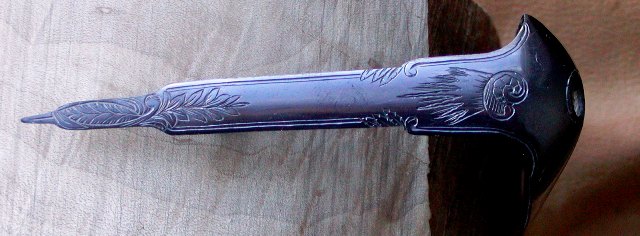
Hi AG,
The original rifle barrels I've examined are usually so browned with age and rust it is hard to judge what they looked like new from the shop. It is clear that only the top 5 flats were treated with anything other than a hammer and coarse file. Most appear to have been file smoothed but you don't often see file marks, other than a few random deep file scratches. They obviously, polished the upper flats beyond filing. Stones and oil and perhaps emory powders were used. However, they were not brought to a real polish, just enough to remove the file and vice marks. The few original 18th century rifles that survive in almost new condition have barrels left in the white. There are a few that may show some sort of charcoal bluing but that likely was rare. I typically draw file and then sand my barrels smooth with up to 220 grit. Then I degrease them, apply an instant cold bluing, and wash with hot water to stop any further action of the bluing. Then I vigorously rub the barrel with a maroon Scotch Bright abrasive pad (it is a synthetic steel wool) until most of the bluing is rubbed off. This gives a nice tarnish to the barrel. It looks a bit artificial at first but after a couple of outings shooting the gun, it takes on a very plausible "used" patina.
dave
Hi David,Dave,
I thought you had previously said that for your grayed finishes, you polished the bare metal down much further, like to 1200 grit or so. Reason being is that with finer and finer scratches, there is less roughness for rust to get going, as, the graying provides little if any rust protection.
Hi,On the middlesex village arms website he has an original Kirkland officers fusil. It looks like a lightlymade Bess with a decretive side plate. The barrel is brown. When the barrel was pulled it was found to be blues underneath. MSV wanted to offer the gun blues, but decided to go in the white.
Now folks have had some trouble with MSV, but that has nothing to do with what they found on an original gun.
I do think blueing, acid or fire, is underrepresented on our guns today.
That said blue on an eighteenth or early nineteenth century gun just looks ‘wrong’ to me.
Boil the browned parts, they will change color to blue. That is the basis of rust bluing.Hi folks, As far as the steel goes, I’m mostly down to the barrel and a couple screws. I love the look of Dave Person’s simple blue. My question is this. I’ve already browned the butt plate, trigger guard, and ram rod guides. I heated the lock parts blue in the grill. If I do a different treatment to the barrel will that look ok or just a mishmash? Thanks, dc